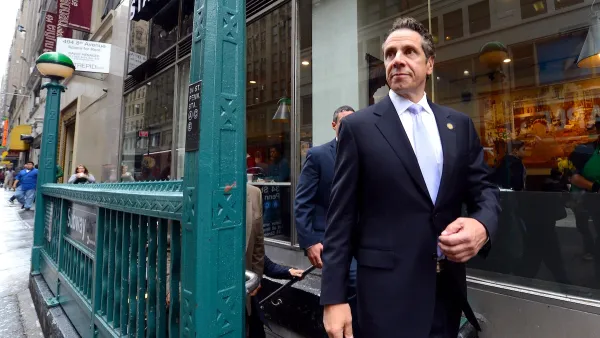Often depicted as drivers of local economies, airports have struggled to stay profitable as passenger air travel continues to languish. Steve Malaga presents the case that throwing money at this particular problem can actually make things worse.
The first decade of the 2000s has not been particularly kind to commercial air travel. Following heightened nerves in the wake of 9/11 and the greatest economic slump since the Great Depression, industry growth has practically screeched to a halt. Scrambling to keep their boats high in a sinking tide, many local governments have poured vast fortunes into building or expanding airports – to little avail and much taxpayer dismay, Malaga argues.
From rural Beecher, Illinois to metropolitan Pittsburgh to the Florida Panhandle, government agencies have been pushing a platform of resuscitation through investment and expansion. Often perilously financed and accompanied by devastating claims to eminent domain, these expansions and new airports require exorbitant fees from the airlines that operate there, which are in turn passed on to passengers, who then make their travel arrangements from a more affordable nexus.
Such is the case in Cincinnati, where some three-quarters of businesses fly employees out through the airport in Dayton, Ohio, over an hour away by car, to avoid higher fares at Cincinnati/Northern Kentucky International. "Unless you’re suffering from delusion," says aviation expert Darryl Jenkins, "you realize that the Cincinnati airport is now really in Dayton."
"Expanding airports isn’t always a bad idea, of course," concedes Malaga. "In a growing, thriving region, it may make sense: Atlanta’s Hartsfield-Jackson, for example, has spent $6 billion over the last decade to add needed terminal space and parking. Dallas/Fort Worth International Airport is investing $2 billion in new space to meet rising demand."
But when expansions and new construction require long-term commitments from airlines already on rocky footing, a bad gamble can turn into an onerous burden on taxpayers. MidAmerica St. Louis Airport, built in the nineties and based on optimistic projections for future demand, was one such gamble: "It took MidAmerica two and a half years to land its first scheduled passenger service, by Pan American Airways... That service started in August 2000 and ended in December 2001, a casualty of lackluster sales. Three other airlines—Great Plains, TransMeridian, and Allegiant—tried to make a go of MidAmerica, only to pull out quickly, even though they had received financial assistance to operate there."
Malaga closes with a dose of scrutiny for airport subsidies slated to generate economic growth: "Last spring, investigative reporters for Scripps Howard News Service boarded 11 flights at subsidized airports and found just two of them carrying more than two passengers. Together, the 11 flights had 130 empty seats, for which taxpayers nevertheless paid a total of $155,000."
FULL STORY: Airfields of Dreams

Planetizen Federal Action Tracker
A weekly monitor of how Trump’s orders and actions are impacting planners and planning in America.

Maui's Vacation Rental Debate Turns Ugly
Verbal attacks, misinformation campaigns and fistfights plague a high-stakes debate to convert thousands of vacation rentals into long-term housing.

Cuomo Is the Candidate of Both NIMBYs and Developers. What Gives?
In the New York City mayoral race, odd bedfellows align to preserve the housing status quo.

The Subversive Car-Free Guide to Trump's Great American Road Trip
Car-free ways to access Chicagoland’s best tourist attractions.

San Antonio and Austin are Fusing Into one Massive Megaregion
The region spanning the two central Texas cities is growing fast, posing challenges for local infrastructure and water supplies.

Charlottesville Temporarily Has No Zoning Code
A judge ordered the Virginia city to throw out its newly revised zoning code, leaving permitting for new development in legal limbo.
Urban Design for Planners 1: Software Tools
This six-course series explores essential urban design concepts using open source software and equips planners with the tools they need to participate fully in the urban design process.
Planning for Universal Design
Learn the tools for implementing Universal Design in planning regulations.
Heyer Gruel & Associates PA
JM Goldson LLC
Custer County Colorado
City of Camden Redevelopment Agency
City of Astoria
Transportation Research & Education Center (TREC) at Portland State University
Jefferson Parish Government
Camden Redevelopment Agency
City of Claremont




























